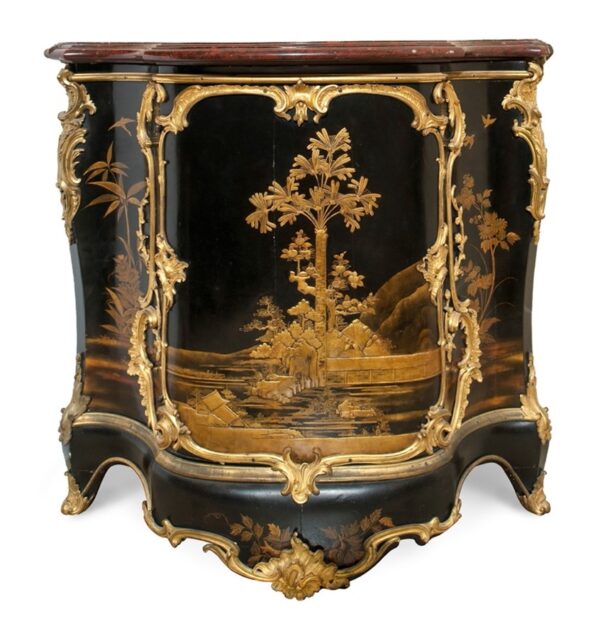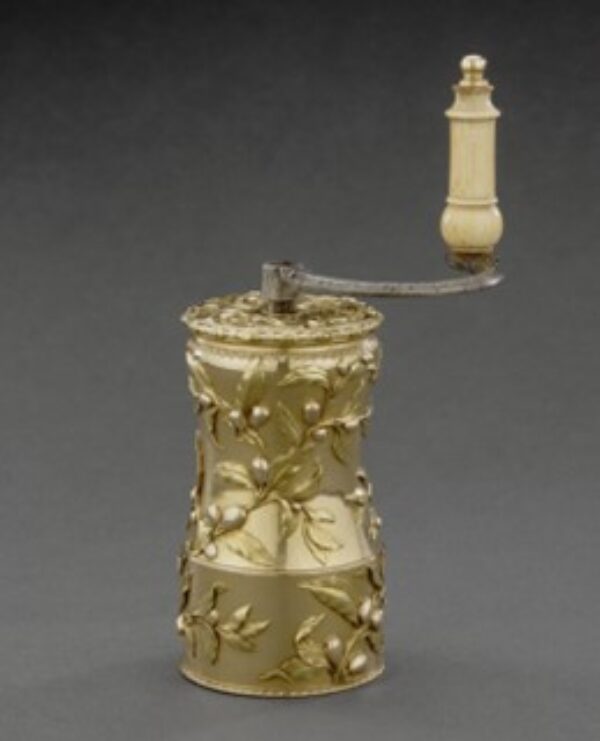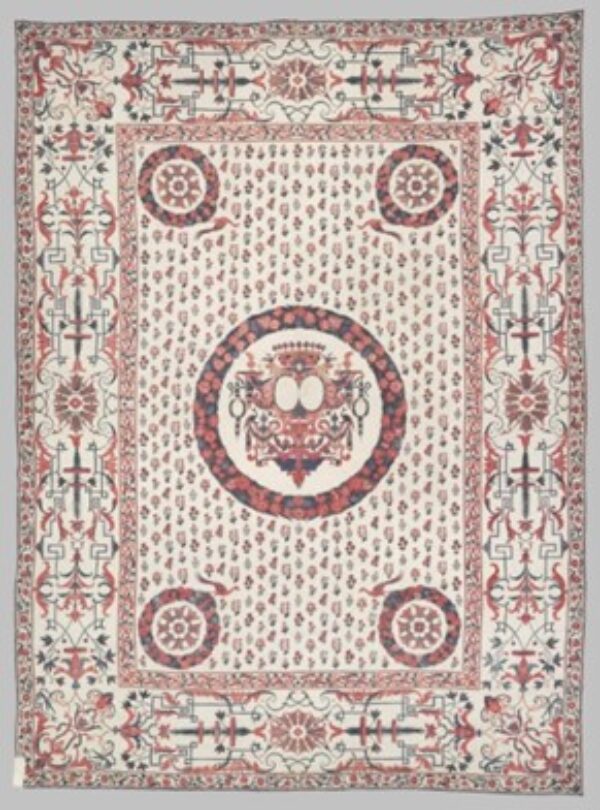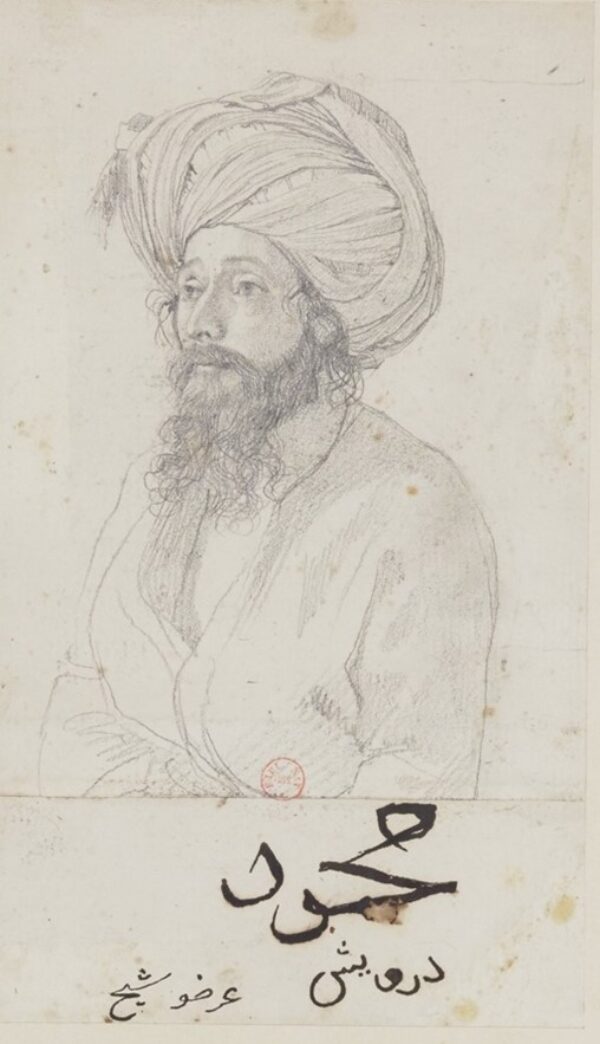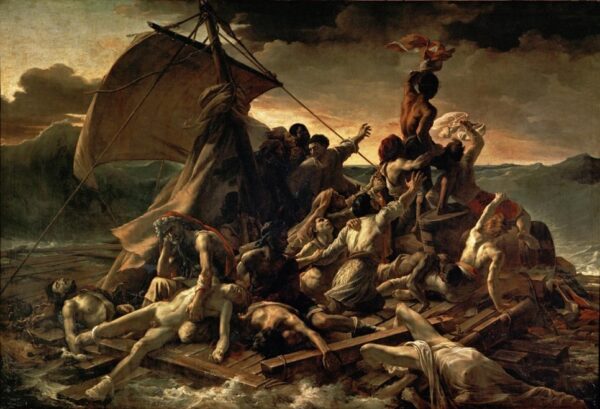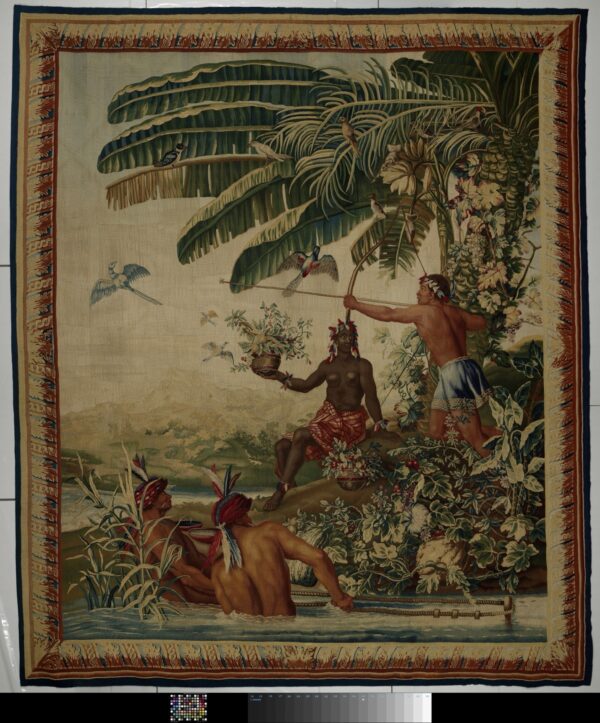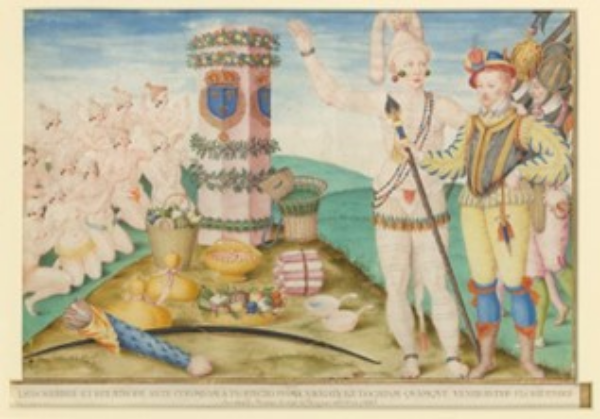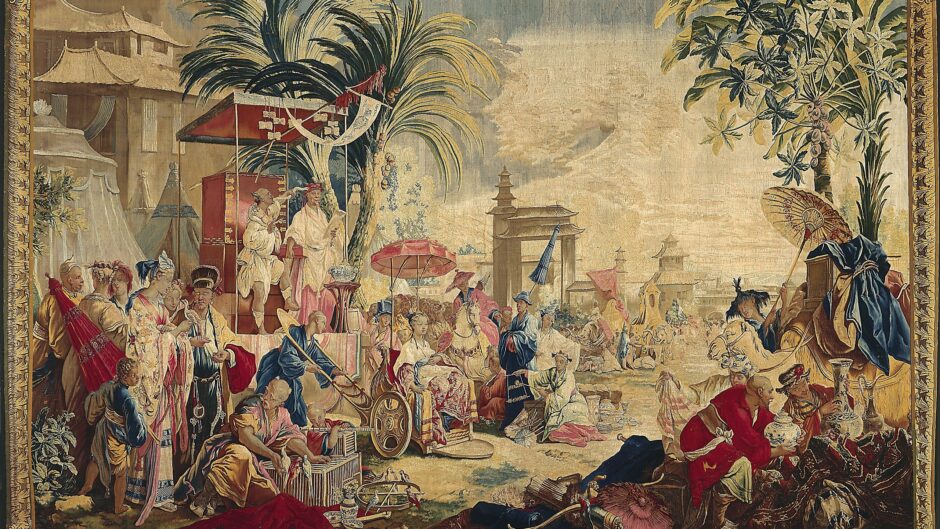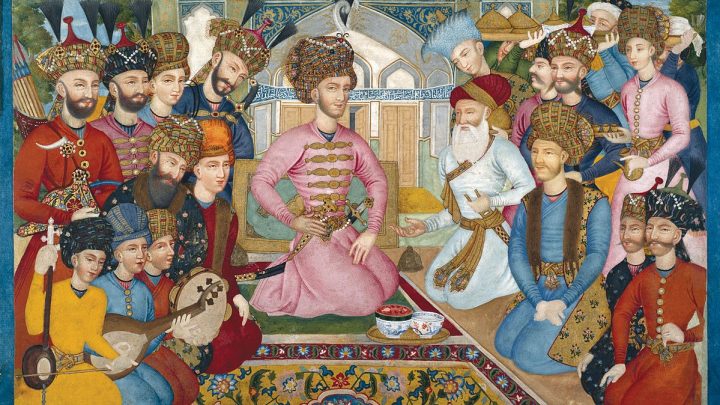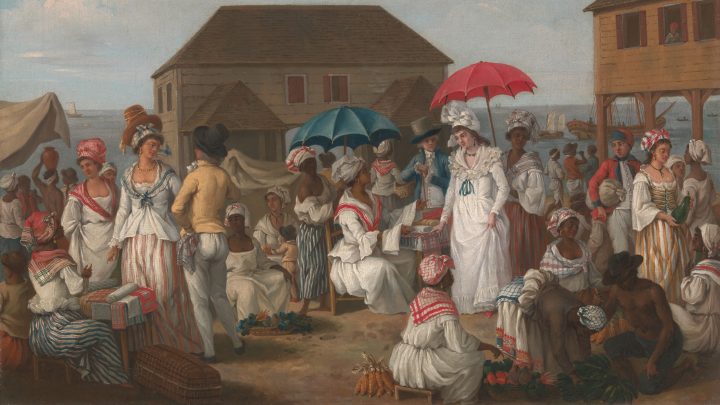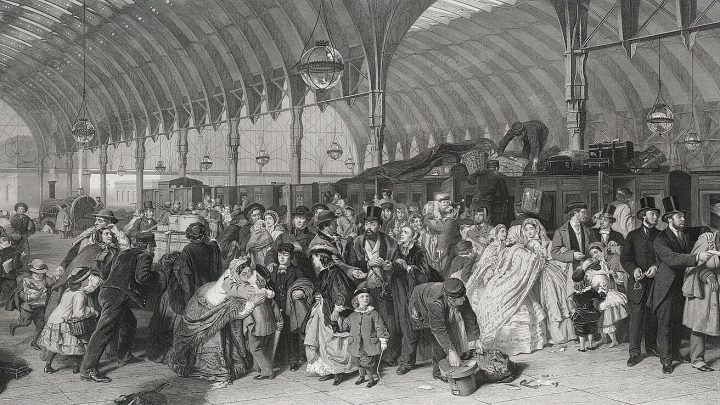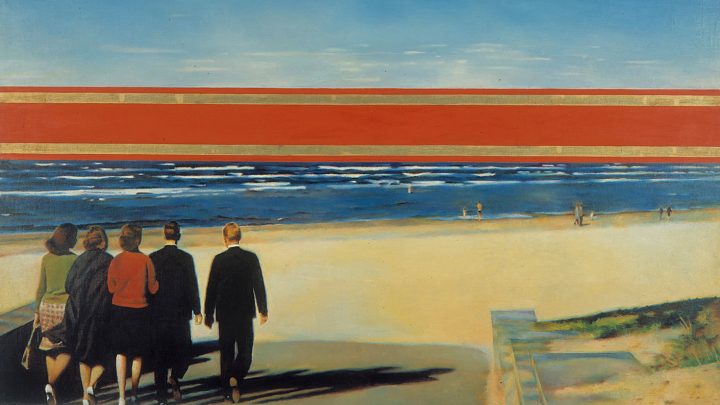The story of artistic production in early modern France usually focuses on painting and on Paris. In this module, we chart an alternative history of French art through a closer look at those materials forged in the cross-currents of armed trade, expansion, and colonial resistance between France and East Asia, India, Africa, the Ottoman Empire, North America, and the Caribbean. We will explore how luxury wares (such as porcelain and silver), tools of observation (such as prints and drawings), diplomatic gifts (such as medals and tapestries) and ornamental ensembles (such as furnished interiors and gardens) were all shaped by forces of circulation, transmission, appropriation, and extraction.
We will examine sixteenth-century scientific illustrations by the likes of Jacques le Moyne de Morgues; the global origins of Versailles’ spectacular décor; works by royal manufacturers such as Gobelins and Sèvres; multimedia motifs by artists including Antoine Watteau and François Boucher; tapestries designed by Alexandre François-Desportes, and paintings forged in the fire of circum-Atlantic revolutions by Guillaume Guillon Lethière, Théodore Géricault, and others at the turn of the nineteenth century.
Through looking at these objects, we will ask the following questions: How did habits of production and consumption change in an era of pre-industrial globalization? How did material and visual culture construct notions of difference and hierarchy? What are the ethics of ascribing agency to inanimate things that emerged in an era of rampant dehumanization?
Assigned reading will weave together primary sources and more theoretical texts by authors such as Simon Gikandi, Madeleine Dobie, and Lisa Lowe to create a critical framework for discussing issues such as alterity, the ‘exotic,’ and race. It will also highlight cutting-edge research from art historians of early modern France, such as Meredith Martin, Hannah Williams, Charlotte Guichard, Katie Scott, Liza Oliver, Darcy Grimaldo-Grigsby, and Anne Lafont.
This course will foster students’ ability to interpret and discuss artisanal and decorative objects that art history has traditionally kept at the margins. In so doing, students will develop greater literacy in technical art history. Assignments will help students develop skills in collections-based research, archival work, and writing for museum audiences. Visits to London collections and a study trip to France are planned as a part of this course.
Course leader: Dr Sarah Grandin and Teaching Fellow
In the event that a course leader is on sabbatical, takes up a fellowship, or otherwise is not able to teach the course, they will be replaced by another experienced course leader either for a semester or, in some cases, the academic year.

